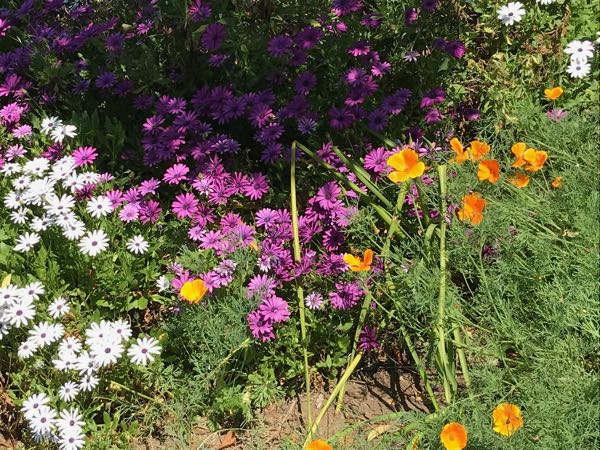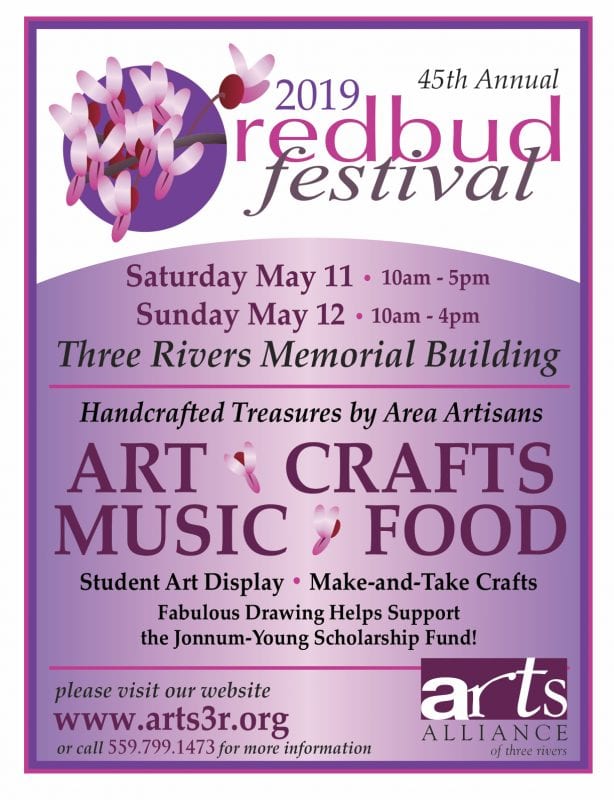
A friend wanted to hear my thoughts on plein air painting, so I wrote to her about it. Several other friends said they hadn’t known what the words meant until I started my detour down that road. (Or maybe it will become my main road. More will be revealed in the fullness of time.)
Plein air means “open air”. (Thank you, Dan!)
There is a snobbery in the art world, an attitude that real artists paint plein air. Studio artists? Meh, anyone can do that. I had a college professor who belittled those of us who signed up for photorealism studio painting; I quit at 1/2 a semester because he didn’t teach what he dismissed as “smoke and mirrors”.
Plein air is difficult for several reasons, including bugs and weather. There are no boundaries to the scene that ultimately will be enclosed by specific borders. Artists have to be able to see and decide what they plan to paint, ignore what they will not paint, and arrange those things in a pleasing manner. In order to “erase” the unnecessary details, they squint so that nothing remains except dark and light masses. When mixing the colors, the artists come up with an average color for various areas. They simplify textures, and memorize light when it appears in order to put it in at the end. And, it is assumed that a plein air painter will finish the painting “alla prima”, which means in one session.
An aside about the art world: why the extra languages? Plein air is French; alla prima is Italian. Go figure.
In order to finish something alla prima, one has to work very quickly and finish an entire painting within 3-4 hours. Artists who are honest will tell you that many paintings are finished in the studio later. This is possible even without photos, because very little is done with tight detail. The proportions are usually in place, so it is probably just values (the darks and lights) and color correcting that happens later.
The art world loves to throw around the term “painterly”, which I have concluded simply means “messy”. Since I was 8 years old, I have worked hard to see details, to have distinct, clear edges to things, and I find it completely counterintuitive to purposely blur things. But, I am willing to learn, to try, to improve (but how will I know if I have improved or if I have added more details than are allowed?)
Painting plein air is a great skill for several reasons:
- Sometimes I need to paint quickly.
- There are many people who like the softer, blurrier paintings that lack detail but focus on shapes and colors.
- I live part time in a National Park, where being able to paint quickly could be a great business opportunity.
Since taking the 3 day workshop in Georgia 2 weeks ago, I have been able to produce many paintings. (I haven’t shown them all to you.)
So, my conclusion is that the skills are very valuable and that I will practice them: painting quickly, focusing on good composition and correct colors (not entirely perfect, just colors that look right together in a scene). Some of this will be done while looking at a scene in person; some of it will be done looking at photos. I won’t be able to paint like Laurel Daniel, but I can paint more simply than I have in the recent past and still add enough details to retain my own “voice” (and some dignity).

2 Comments
Hi JB,
“Plein air” literally means “open air” or outside. “En lieu” means “on location.” I have spent a few years in the classroom learning French, but please don’t confuse me with someone who is fluent or has used the language extensively!
Dan
Thank you so much, Dan! I took German in high school and Spanish in college, and I can’t speak either one. My French is limited to fake French, the kind that causes one to say, “Pardon my French”.
Comments are closed for this article!